Tamnougalt Workshops
In 2020 Kasbah des Caïds, Labina association and Marsad Drâa agreed to organise a serial of workshops with the aim of consolidating the structure of a rammed earth madrasa from the 18th century situated in the ksar of Tamnougalt, Zagora (Morocco). This is the information about the region, the ksar and the madrasa.
. the valley
The Drâa valley was one of the three axes that linked the Saharan ports; Sijilmasa (Rissani), Taragalte (M’hamid El Ghizlane) and Noul Lamta (Tighmert-Asrir) with the capitals, depending of the century, Fez or Marrakech and with Mauritanie and Mali, but these caravans routes connected, in fact, half of the African continent with Europe, which makes better understand the importance of the control of these territories.
The other key factor is the geography; thanks to the topography of the valley and the water from the Drâa river (the longest in the country), 6 palm groves follow each other along the valley, creating specific habitats, with villages inside or at the edge of the oases, what we know nowadays as OASIAN URBANISM and it should be a model to follow for our cities. This territory planing will be explained during the workshop.
This is a guide plan with all the ksour, kasbahs and zawiyas of the valley. Clicking on each place you will find information like the tribe that occupies the place, the dance, photos, sometimes videos and 360º pictures.
. ksar Tamnougalt
Located at the palm grove of Mezguita (the first of the valley upstream), it was historically the administrative and military center of the oasis, probably from the 16th century (there are no archaeological studies to determine the origins) till the independence in 1956. From the end of the 19th century the caïd of Tamnougalt was in constant conflict with another powerful family of the region, the Glaoua from Teoulet (High Atlas mountains), in order to control the upper part of the valley.
This historical importance let us one of the largest ksar in the region, with several kasbahs inside, 4 gates, a koranic school, a Jewish quarter (mellah), a synagogue, a marabout (Sidi Abdellah ben Ali), two mosques and a public bath (hammam).
Several tribes has occupied the ksar, Draoua (Berber-speaking)/Amazighs/Juifs/Mrabtins (descendants from Sidi Saleh zawiya)



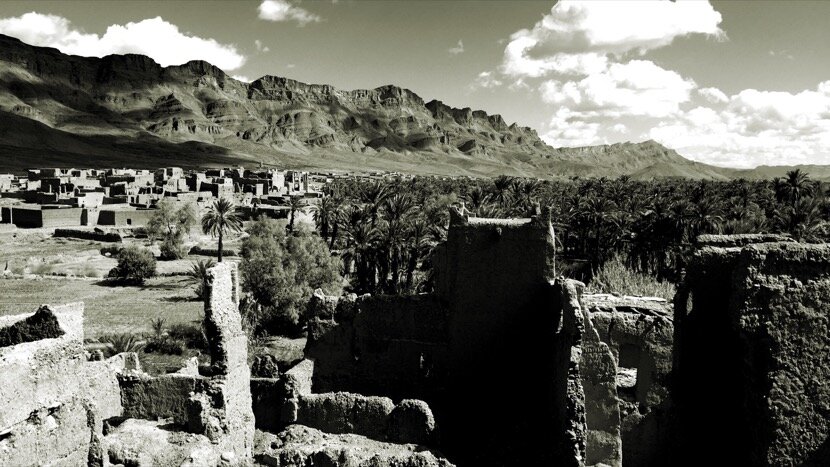


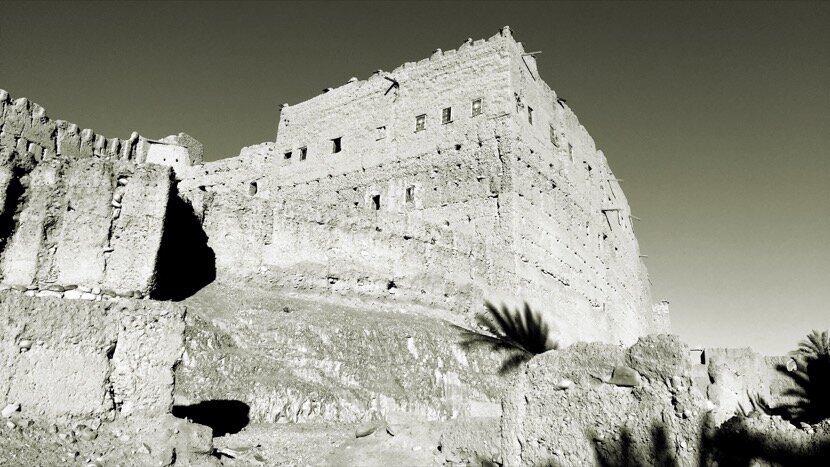









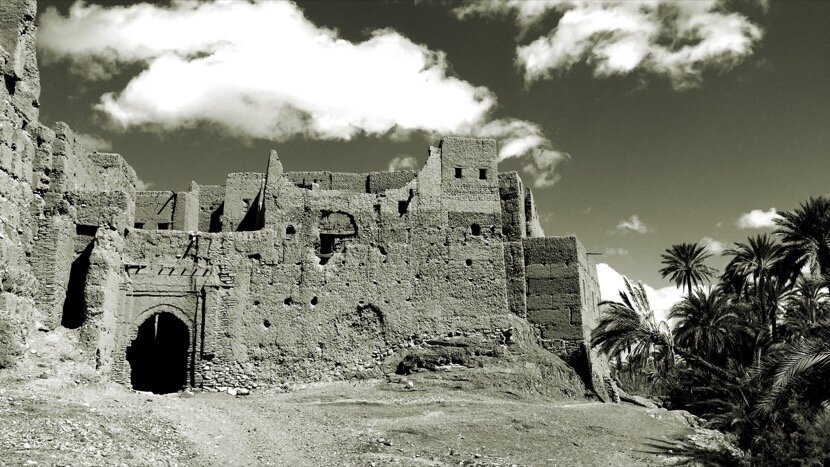

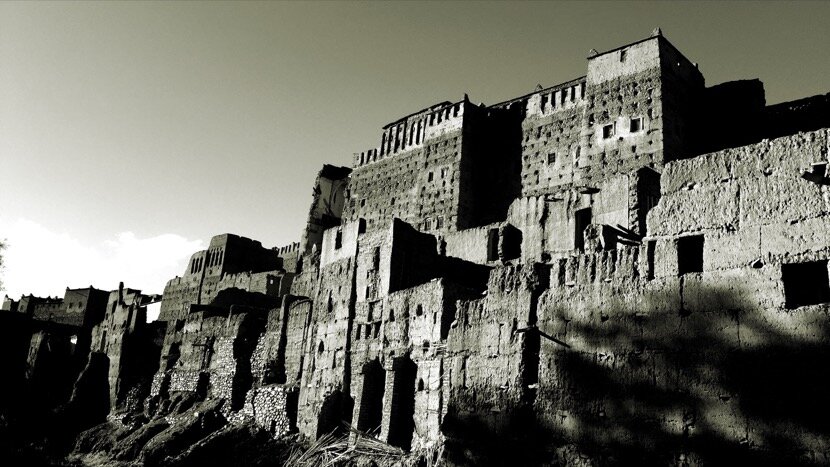


























. Kasbah des Caïds
Inside the ksar, the caïd had his own kasbah where he lived and received people in audience. Nowadays it is a museum. It has three inner courtyards and three levels. It is the place where we will stay during the workshop.



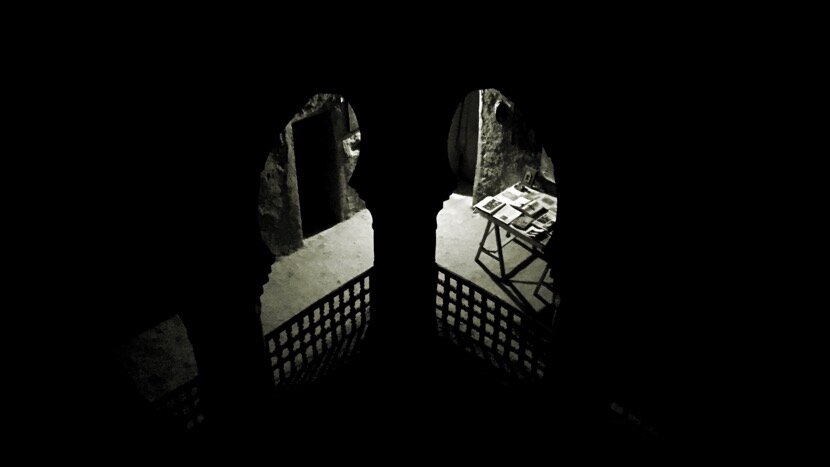



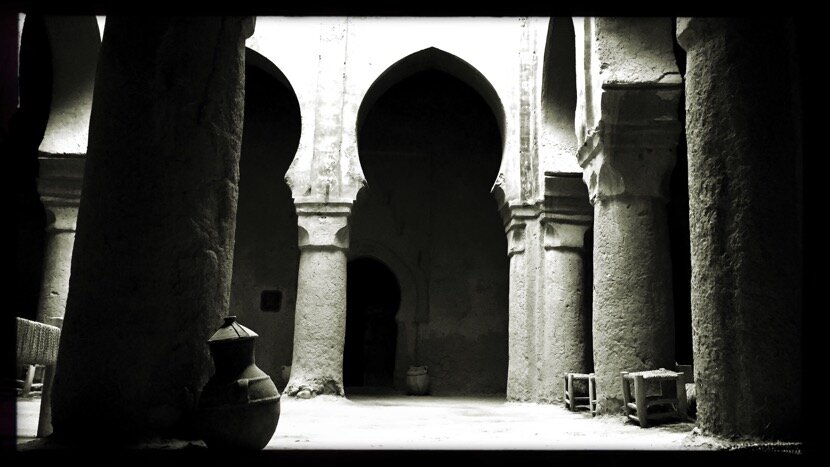
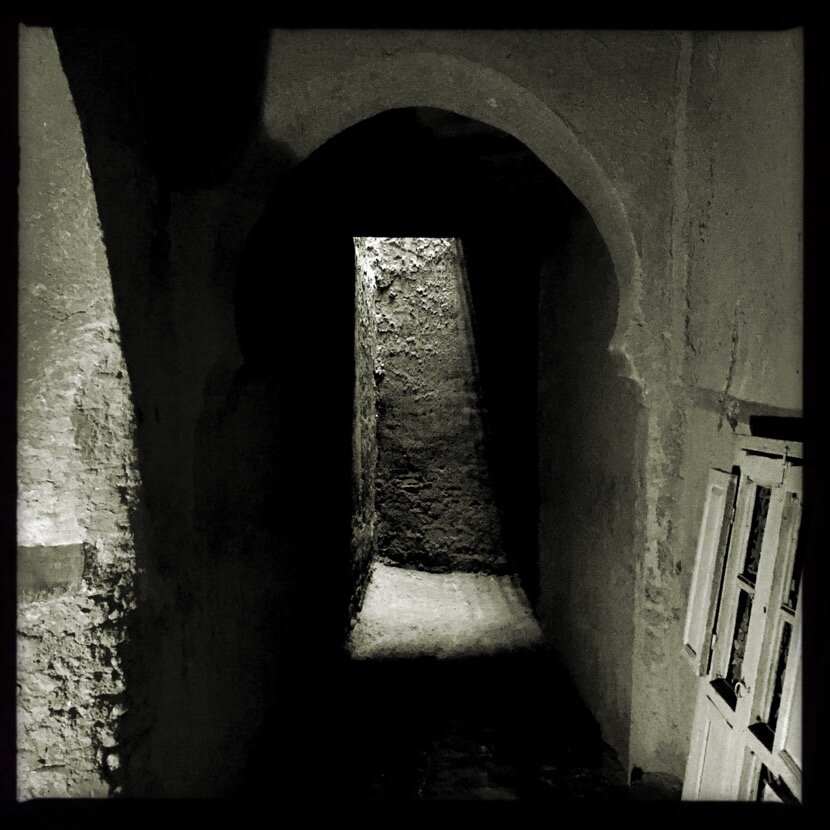

. the madrasa
According to the information provided by CERKAS, the main mosque was built in the 18th century by caïd Taleb el Hassan. It had specifics spaces for the mosque (pray room, showers, water well…) and for the madrasa (rooms for students, classrooms, toilets…). However, it has no minaret, as almost all of the rammed-earth mosques of the valley (only 5 from more than 300 had). It is situated on the south side of the ksar with two entrances, one from the ksar, directly over the main terrace, and another from the palm grove (this second entrance will be rebuilt during the workshop).
The complex has been abandoned because of the structural problems caused by rain water on the roof but also on the fondations. Every time there are floods, the space between the ksar and the palm grove becomes a riverbed, causing the degradation of the foundations.
access





prayer room








water spaces





spaces associated to the students












. the works
The main problem we have to solve is the stabilisation of the entrance from the palm grove, rebuilding the wall made of stones that was demolished during the last flood.
It will be also necessary to consolidate the wall made on stone that supports the side wall of the mosque as other inhabitants have done in other parts of the perimeter.
Once the foundation of the walls is secured, we could repair the cracks of the wall inside the mosque and the wooden structure of the roof of the mosque, to avoid the degradation, and if possible, to secure the structure that has fallen down in the spaces destined to water.










